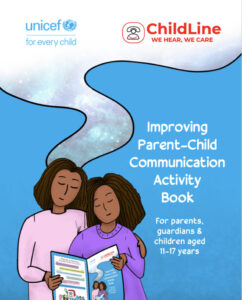When used wisely, words like “yes” and “no” can be empowering enough for you to communicate what you will and will not tolerate from others. In this article, we will discuss how to set healthy boundaries that will empower you to take charge of your life and reduce the risk of being exploited or taken advantage of.
What are healthy boundaries?
A person with healthy boundaries:
- Understands their personal needs and wants and know how to communicate them;
- Establishes relationships with others that are balanced and mutually beneficial and;
- Are able to deny others’ requests and accept when others say “no”.
A person with unclear boundaries may:
- Find it difficult to say “no” to requests from others;
- Keep others at a distance;
- Seek to please others due to fear of rejection or;
- Avoid close relationships.
Here are some ways to set healthy boundaries:
Be clear and calm when setting a boundary
Setting boundaries go hand-in-hand with how much you value yourself and your time. As a result, take note of ways that you do and do not want to be treated. Once you have identified a situation in which you need to set a boundary, do it calmly, firmly and respectfully. Here is an example:
Consider that during a discussion, someone referred to you using a degrading/inappropriate word. Your response to this can be:
“The word you just said was inappropriate/degrading and I would like it if it is not used in any conversation with me. I won’t be present for comments like that.”
Stand your ground
Not everyone reacts kindly when you set boundaries. In fact, when you set a boundary, others may try to downplay the importance of that boundary or minimize your feelings toward the action that you initially did not like. When this happens, remain firm in your decision and do not apologize for setting your boundary.
Find respectful ways to respond when your boundaries are crossed
Not everyone will overstep your boundaries on purpose. When someone has accidentally overstepped a boundary that was already discussed, you can simply remind them of the boundary.
However, when others knowingly cross your boundaries, remain direct and follow through with any outcome you made clear in conversations you’ve had before such as:
- Stopping the conversation
- Removing yourself from the room
If you are struggling with establishing and maintaining healthy boundaries and would like additional support, contact ChildLine’s 24/7 helpline at 800-4321 or message our 24/7 live webchat or WhatsApp directly on our website








